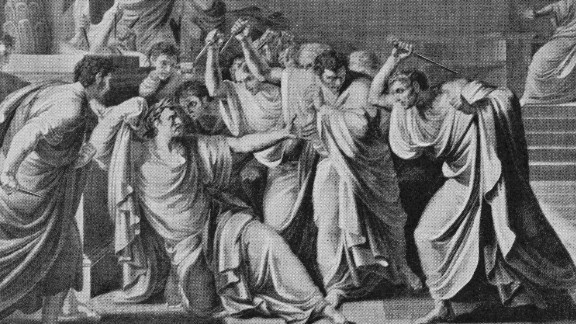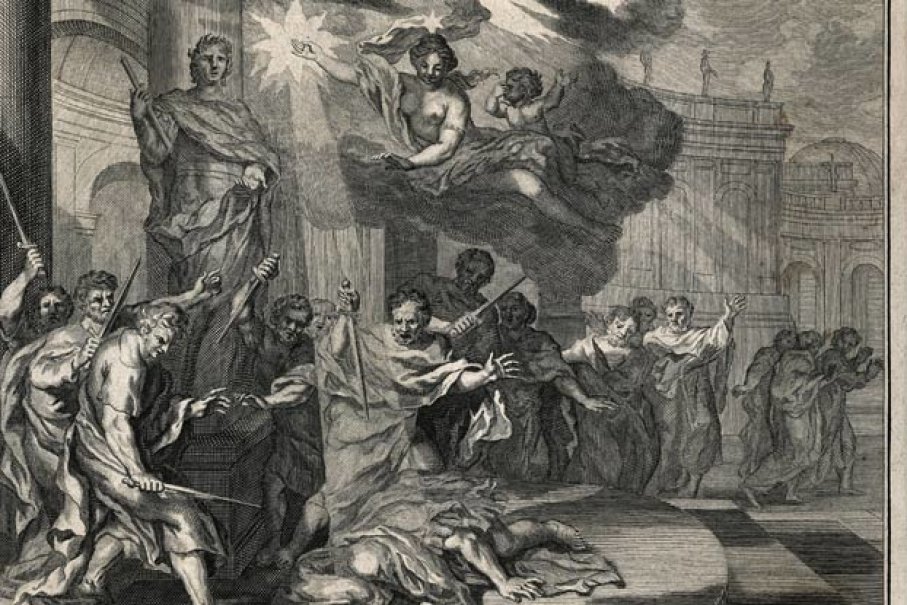


According to his account, Caesar entered the meeting hall, took his seat at the podium, and was presented with a petition by senator Tillius Cimber, one of the main conspirators. THE ASSASSINATION OF JULIUS CAESAR: A Peoples History of Ancient Rome. Writing at the beginning of 2nd century AD, some 150 years after the events, Greek historian Plutarch, born in Chaeronea, Boeotia, provides one of the most detailed descriptions of the assassination. In Rome the administrative machine had inevitably been disrupted, and Caesar had always remained in control, as consul or as dictator. Battle of Hastings (October 14, 1066): This decisive battle happened one day after a lunar eclipse on October Show more. We also know the main ringleaders were Brutus and Cassius, the former being the son of Caesar’s former lover, Servilia. Julius Caesars assassination (March 15, 44 BCE): A lunar eclipse occurred on March 13, 44 BCE, two days before the assassination, which Romans believed was a bad omen.

We know that the assassination took place during a meeting of the Senate at the Curia of Pompey, a meeting hall inside the Theatre of Pompey in the heart of ancient Rome, and at least 60 senators were party to the conspiracy. Nevertheless, some details emerge with chilling clarity. Instead, the daggers they thrust into Caesar dealt a fatal. Assassinated by a group of senators calling themselves the “Liberators,” the precise details of Caesar’s untimely death continue to be a source of morbid speculation, clouded by conflicting accounts by the ancient writers. The Assassination Of Julius Caesar Explained Julius Caesars immense popularity. On March 15 in 44 B.C., Caesar was stabbed 23 times by conspirators who believed themselves to be saviors of liberty and democracy.


 0 kommentar(er)
0 kommentar(er)
